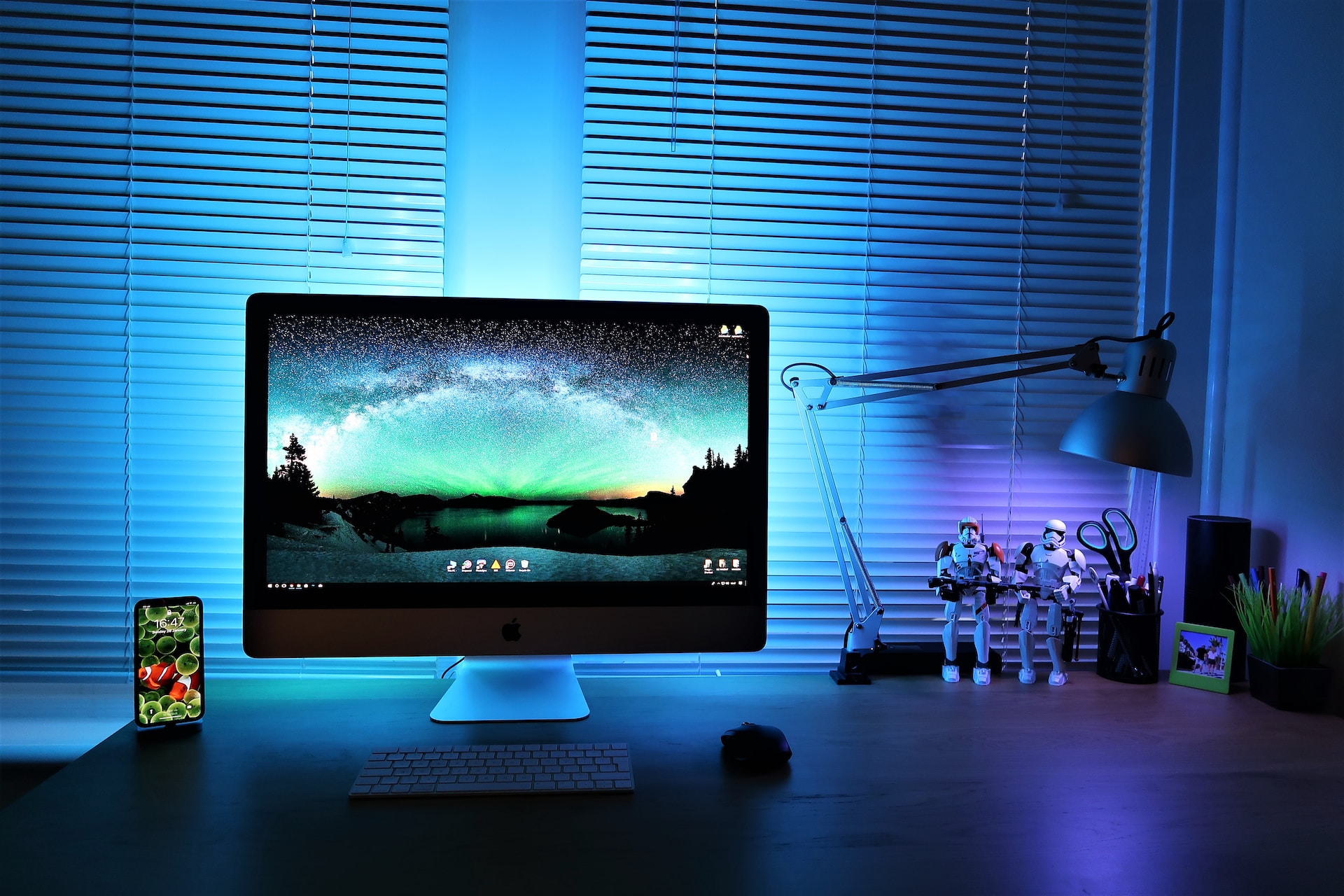Screens are everywhere – from televisions, computers, phones, tablets, electronic billboards, advertisements, to even having your order taken by a waiter. It can’t be denied that technology has helped simplify many of our everyday activities, as well as centralize them. In the past, offices would keep paper records, but now, all they need is a name to input into their database.
This hasn’t always been proven to have positive effects. With the convenience of screens, families often turn to streaming services or apps to entertain their kids. Why spend time with them when they can simply entertain themselves?
Studies show that the average 8 – 10 year-old spends at least six hours a day in front of a screen, and this number only goes up with age. This figure doesn’t count for time spent doing homework either. It includes both work and play.
What can too much screen time lead to?
- Obesity. Along with junk food and pop, your child can stay in front of their screen for a long period of time. Even if you take their snacks away, the bottom line is that they aren’t moving, which is critical to their health and growth.
- Irregular sleep patterns. Blue light can affect a person’s quality of sleep. It can lead to sleep loss or difficulty falling asleep. This can encourage your child to use that time to go on a computer until they feel sleepy enough.
- Behavior problems. Your child may develop a social media addiction or screen dependency disorder with too much screen activity. 62% of internet users are addicted to social media, which includes both kids and adults. Children may also develop emotion, social, or attention problems that may isolate them from their peers.
- Worsening academic performance. If your child is in front of a screen all day, they certainly aren’t focusing on their studies. Studies show that elementary school students who have screens in their bedrooms perform significantly worse than those without them.
- Tendency to be violent. The internet can be a valuable resource for information, but children often don’t know how to regulate their media consumption. This can lead to increased exposure to violence and violent acts, which will cause them to adopt these tendencies for themselves.
- Less time for physical activity. The more time your child is in front of a screen, the less time they’ll have for playing sports or being outdoors. This is crucial for kids, especially during their developmental years, as it can promote healthy habits and future interests in sports.
How much screen time should my child have?
This depends on the age of your child. Here’s how health experts break it down:
- Under 2 years old – zero screen time, unless it’s for video chatting with relatives.
- Children aged 2 to 5 – 1 hour or less a day. This is a time when routine is established with young kids, as they may attend daycare, start lessons, or you may plan more outings with your child. If screen time is included in this routine, your child will start to expect it. Keep it out of the routine, or severely limit it.
- Children older than 5 years old – limit screen time to less than two hours a day. This can include using a tablet or computer to do homework, Make sure you establish firm guidelines with your child on what they can or cannot do when it’s screen time. For example, you may allow an hour for leisure and another hour for educational games or homework. You may allow half an hour of video games and an hour and a half for education. You can also use parental controls to set parameters and block certain apps for a scheduled time.
How can I establish healthy screen habits for my children?
- Use parental controls. Many devices have parental controls programmed specifically for parents with young children. You can use these controls to establish which apps are blocked or not, how long your child can be on a certain app, and schedule usage periods. You can also track your child’s screen activity to make adjustments as needed.
- Don’t allow screens in your child’s bedroom. As your child gets older, they’ll want privacy, which can include having the computer or TV in their room, or wanting their own phone or tablet. With small, personal devices, this can be more difficult to limit, especially if they need it to communicate with their friends, but for larger systems, explain why having a screen in their room is disadvantageous. You can make compromises, like allowing free use of the internet so long they’re in the living room, or being out of the house if they invite their friends over.
- Fill in time that could be occupied with screens. If you limit screen time, then what can you do for your child? Sign them up for programs, lessons, or plan outings and explore the neighborhood. If you’re a busy parent, rely on neighbors or other relatives to help.
- Be a good model for your kids. 54% of adults have a screen addiction. If you want to limit your children’s screen time, be sure to limit your own and be present for them.
The technological era has brought innovation and countless inventions, but also new health concerns. Scientists have yet to have concrete data on the downsides of technology, but one thing is for sure: you can never go wrong with going outside and seeing the sunlight once in a while.











